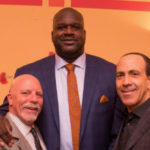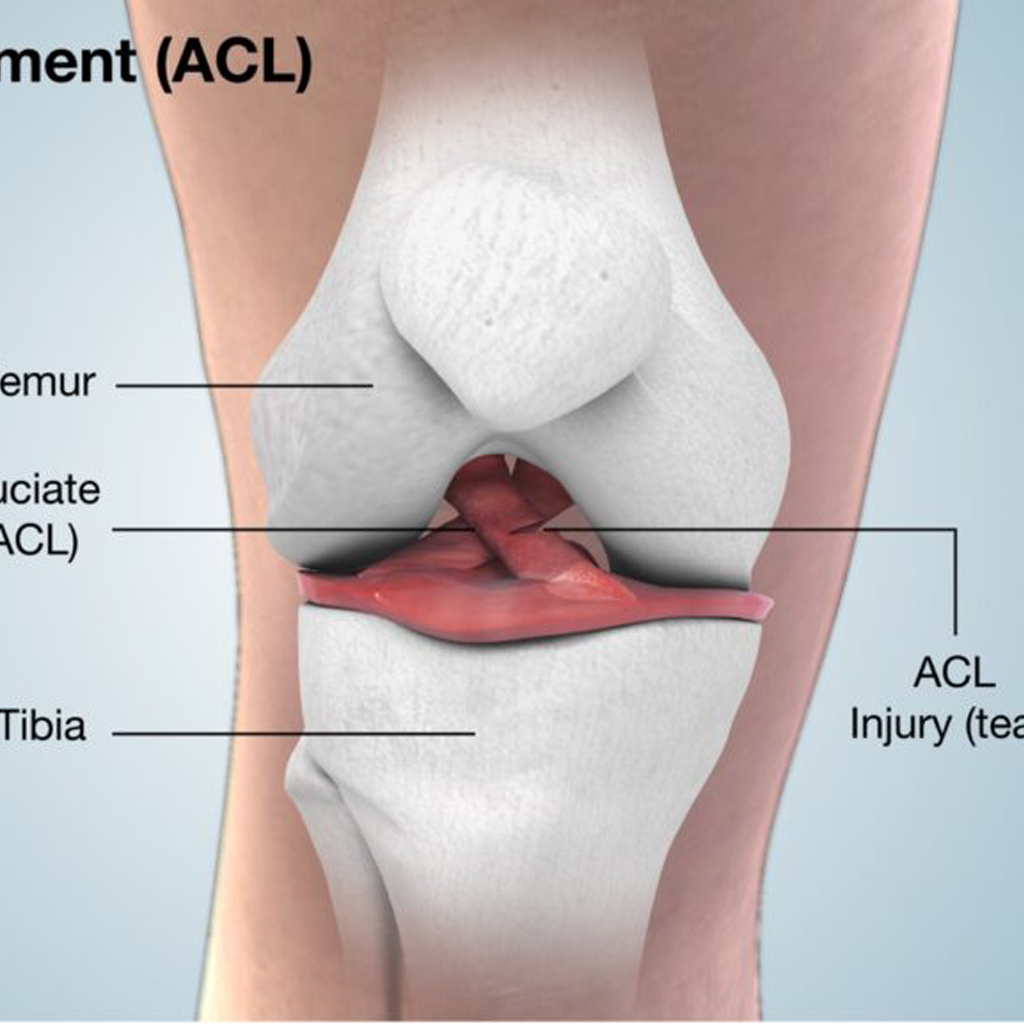
ACL tears in young children are on the rise. While reconstructive surgery is usually used in adults, non-operative treatment is recommended for children, at least initially.
While a child is still growing, their joints are very different than a fully-grown adult. They are different anatomically and physiologically in many ways. Children knee injuries including Anterior Cruciate Ligament (ACL) tears in student athletes frequently demonstrate these differences.
ACL Tears in young athletes are on the rise.
The main difference between adult and Children knee injuries, is the growth center or epiphysis. These are areas in the ends of the leg bones on both sides of the knee that provide most of the growth of the leg. They are usually the weakest part of the knee. In a mature knee, a certain injury pattern would tear a ligament or cartilage. However, this same injury is much more likely to fracture the bones through the growth center in the child.
Competitive sports lead to rise in ACL injuries
Increased awareness by physicians, better diagnostic techniques, such as MRI and arthroscopy, and the fact that more kids are involved in competitive sports, is all leading to a recent rise in the number of reported children knee injuries including ACL tears, an injury once thought to be very rare among children. ACL tears have been reported in children as young as two years of age. Some studies report a tear in as many as 50% of children with blood in their knees after an injury.
Surgery or non-operative treatment?
When an adult tears an ACL, the usual treatment is reconstructive surgery. However, in a growing child, the bone’s growth centers make this surgery a more complex decision. As a result, non-operative treatment is usually suggested initially. This usually involves bracing and strengthening exercises. The results vary widely. A temporary change in activity level or sport may also be indicated. Sports that involve sharp cutting and sudden change of direction, such as basketball and soccer, may have to be put on hold until the injured knee can be properly treated and repaired. With untreated knees with ACL tears, there is a high incidence of instability, meniscal tears, and a significant change in activity level.
What to do when conservative treatment fails?
If conservative management fails, and there is ongoing and significant instability in the knee, surgical options are considered. The patient and family must be aware of potential growth complications. If the adolescent is within a year or two of skeletal maturity, most physicians feel the risks are small, and a standard ACL reconstruction is usually performed. In the younger child, alternative techniques have been developed recently to try to decrease the possibilities of growth arrest.
These techniques include using a soft tissue hamstring graft in anatomic position, or possibly placing the graft in a non-anatomic position, or one that does not quite duplicate normal ligament function. Growth abnormalities can still occur, but the incidence is much less than with standard techniques. These non-anatomic procedures are designed to be a temporary measure to control symptoms until maturity, when a traditional reconstruction can be done. The results of these procedures have been overall good, with many children returning to sports and not needing a later procedure.
In summary, the anterior cruciate ligament can be torn in growing children. The incidence is higher than previously believed. Choosing the best treatment is much more difficult and complex than in the adult. While growth abnormalities can be serious after surgical repair, their incidence is low. With newer surgical techniques, there are good result.
Please contact us at the West Coast Center for Orthopedic Surgery and Sports Medicine for more information. To schedule an appointment, call (866) 591 4844.

